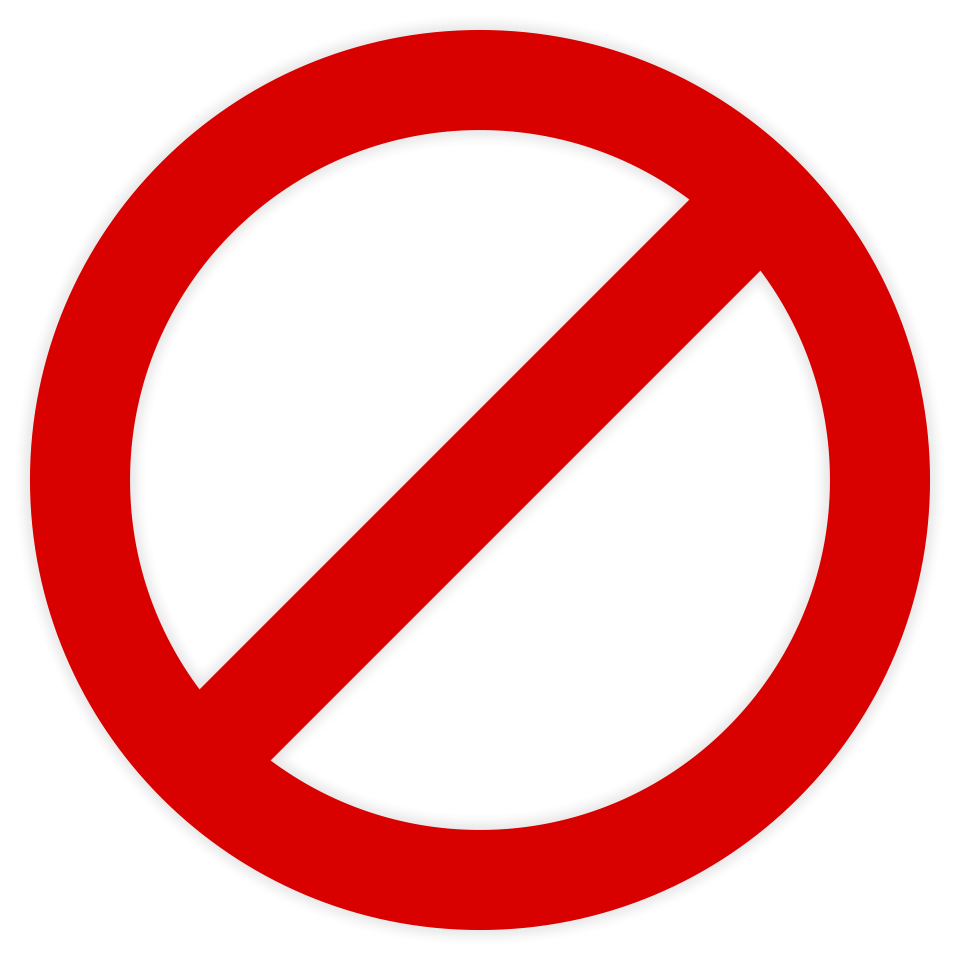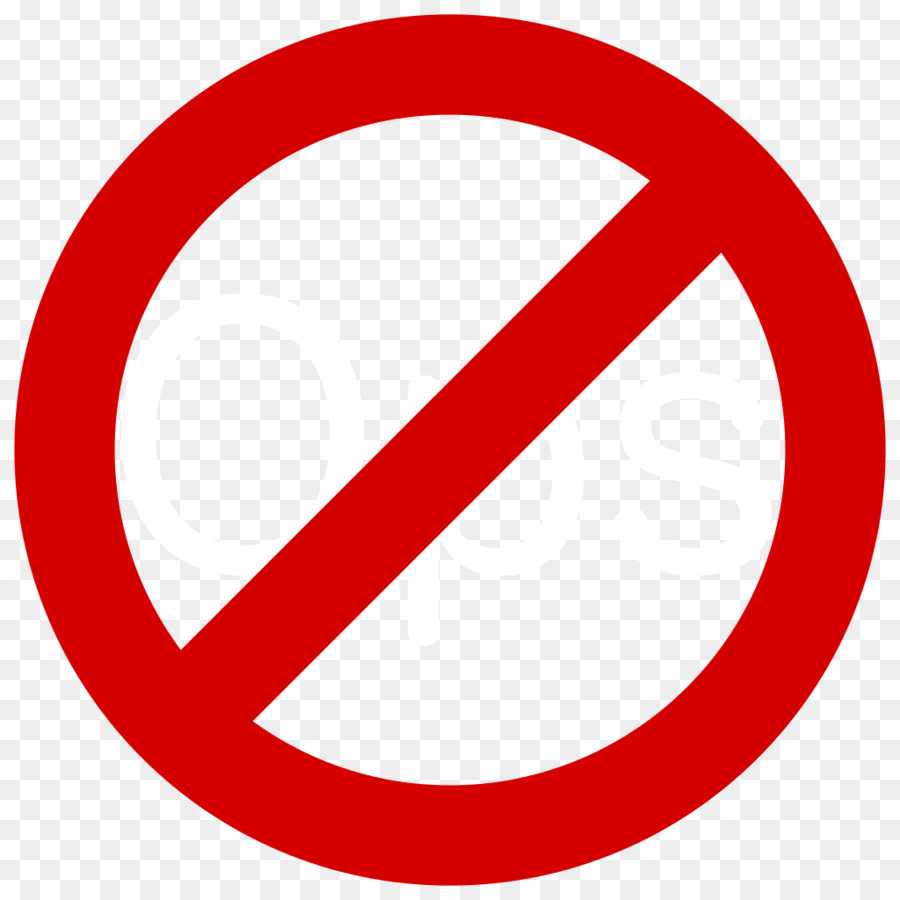
Use a dash to set off appositives that contain commas.

The dash is intended to emphasize supplemental information, whereas parentheses tend to understate it.Ģ. Note: Although they can be used in similar situations, the dash and parentheses serve slightly different purposes.His feelings for Gwendolyn–he is madly in love with her–will never change. Three of the people in my class–Tom, Dick, and Harry–refused to join the demonstration. Only one person wears that perfume–my mother. Use a dash to set off an interruption that is closely relevant to the sentence but not grammatically part of it, such as a list, illustration, restatement, summary, shift in thought or tone, or dramatic point. The word-processing program may form this automatically when two hyphens are typed together.ġ. Some word-processing programs have a mark called an em-dash (longer than a hyphen), which can be used with no space before or after it. Do not put a space before or after the dash. When typing, use two hyphens together without spaces to form a dash. Sometimes confused with the hyphen, a dash comes between words as a form of division, whereas a hyphen generally joins words or parts of words to indicate a connection. The dash (–) is used to set off additional material within a sentence, often in order to emphasize it, to set off appositives that contain commas, or to indicate missing words. Listen to and learn to play some of the example songs to hear some slash chords in action.The dash, slash, ellipses, and brackets are marks that serve specific purposes as indicated below. After that, if it is musically appropriate to play other notes you could address the chord like you normally would. Generally you'd at least want to stress the alternate bass note on the beat when the slash chord occurs.

Many times the alternate bass note is the only note you'll play on a slash chord though it doesn't have to be. Or, in Am7/G the note G is the 7th of the A minor seventh chord (Am7 = A, C, E, G). In the previous example of G/B the note B is the third of the G major triad (G, B, D). Though it's not required, very often the alternate bass note of a slash chord is another note from within the chord. This is a very common scenario where the alternate bass notes create a smooth, descending chromatic bassline - A, G#, G, F#, F. So, the bass would emphasize the notes G, B, then C on each of these 3 chords.Īnother example progression might be: Am - Am(maj7)/G# - Am7/G - D/F# - F.

But, on the G/B chord the band continues playing the G chord while the bass player is to stress the note B which makes a smooth, chromatic transition to the root of the C chord. In this progression the G chord is being played by the entire group on the first chord G. The first question most students ask about slash chords is "Why would you need a different bass note?" The most common reason is the music's composer wants to stress a particular bassline in a chord progression.Īn often seen chord progression is: G - G/B - C. When discussing slash chords musicians will typically say, "Play G slash B," or "play G over B," or "play G with a B in the bass." These descriptions all mean the same thing. For example, G/B or D7/F# are slash chords. Slash chords are notated with a chord's standard chord symbol, followed by a forward slash, followed by the alternate bass note. Occasionally a different note is preferred and results in a chord with an alternate bass note. When a chord is played it is typically assumed the bass will emphasize the root of the chord. A slash chord is a chord which indicates emphasis of a bass note other than the root of the chord.


 0 kommentar(er)
0 kommentar(er)
